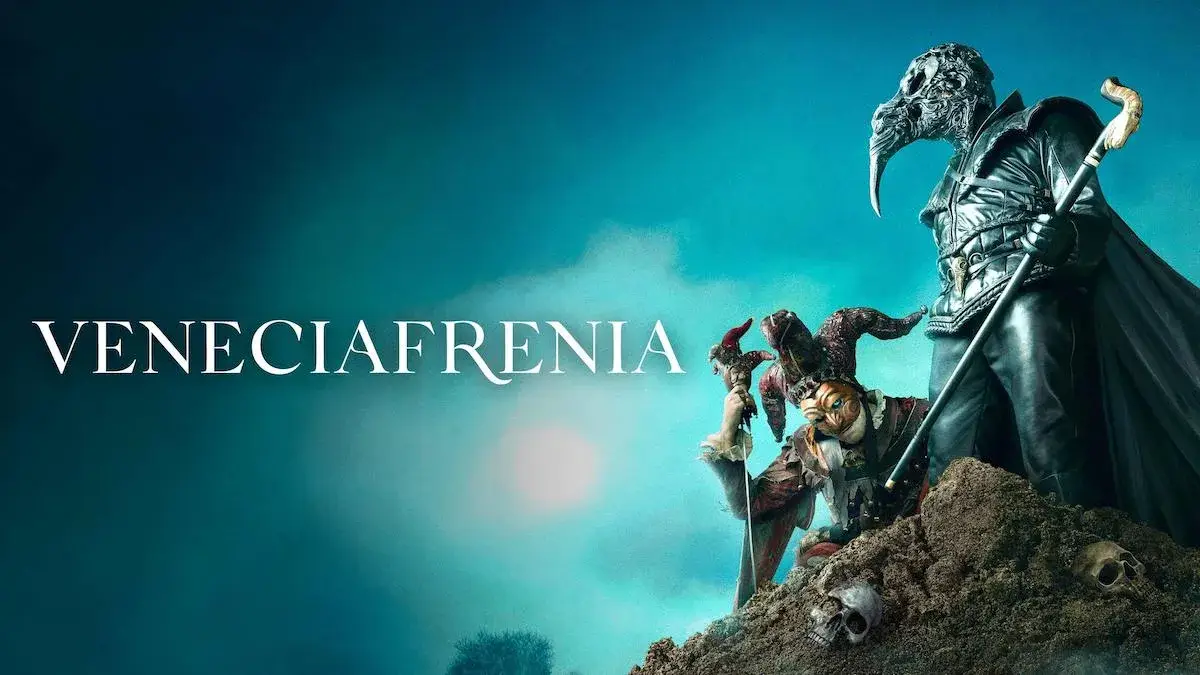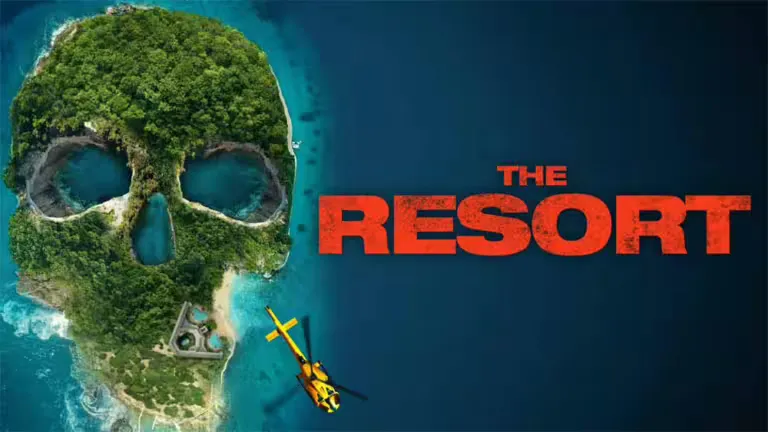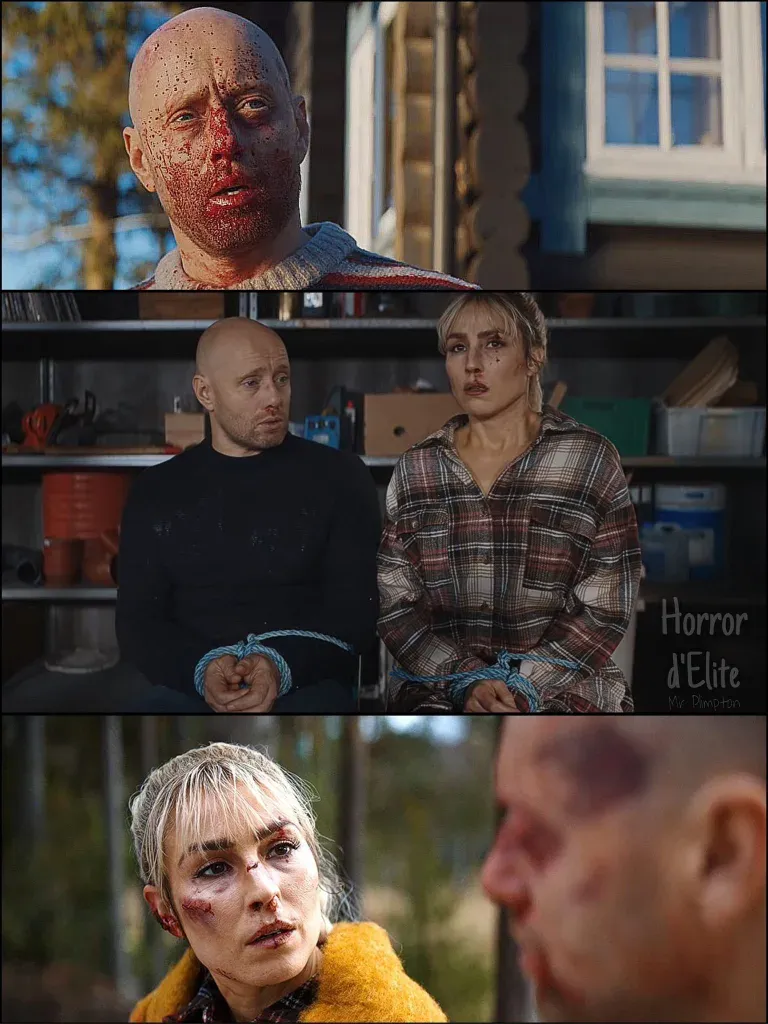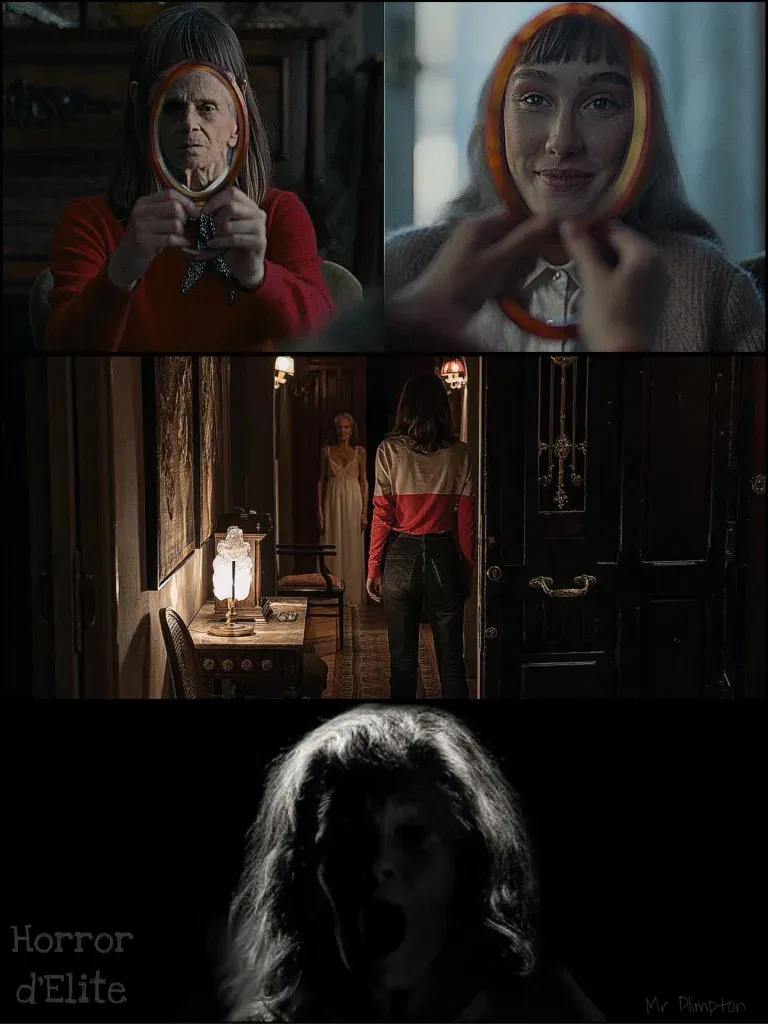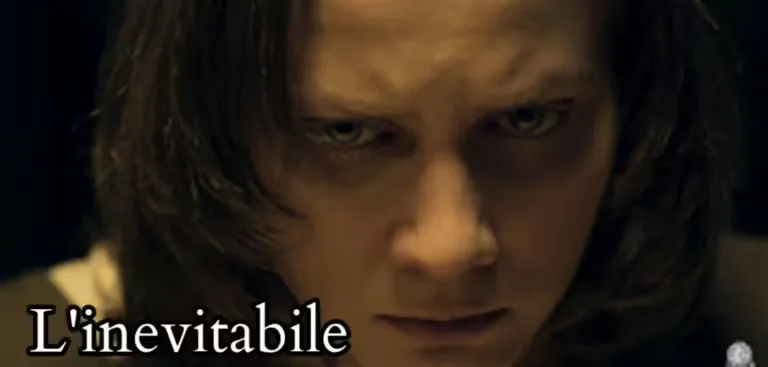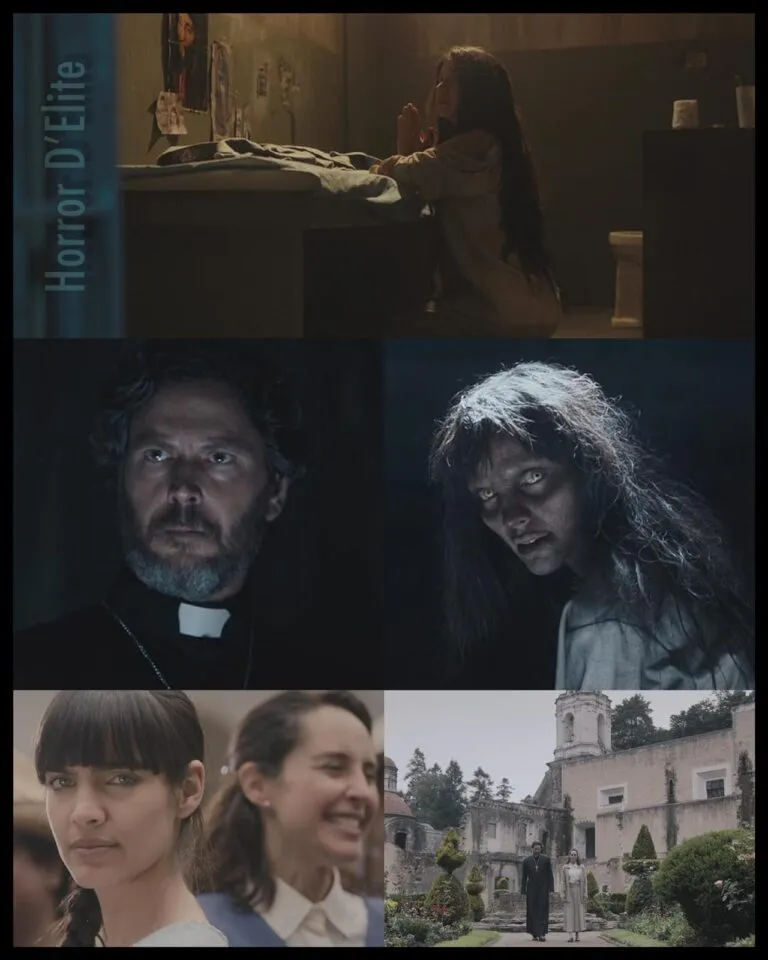The Fear Collection
“The Fear Collection – Madness and Death in Venice”: A Turbulent Journey through the Labyrinths of the Serenissima
In 2021, Spanish director Álex de la Iglesia took us on a journey as evocative as it was unsettling through the canals and alleyways of Venice with his latest film, “The Fear Collection – Madness and Death in Venice”. Set in the world’s most famous lagoon city, the film offers a raw and disturbing look at the tension between tradition and modernity, mass tourism, and local identity.
The plot revolves around a group of Spaniards traveling to Venice to celebrate a bachelorette party. However, their idyllic stay is disrupted by the vibrant protests of residents against the close passage of cruise ships, which threaten the fragile ecosystem of the city and disturb the daily tranquility of the Venetians.
But the residents’ concerns are not the only threat lurking among the canals of Venice. A mysterious individual, disguised as Rigoletto, begins to sow terror among tourists, ruthlessly killing and passing off the murders as carnival fiction. When one of the members of the Spanish group disappears into thin air after a night of revelry, the others begin a desperate search.
Tension mounts as another tourist is kidnapped and a third brutally murdered, bringing terror and paranoia among the protagonists. With the help of a Carabinieri officer and a local taxi driver, the group uncovers a conspiracy orchestrated by a sect of Venetian extremists exasperated by increasingly invasive and massive tourism.
De la Iglesia, with his distinctive ability to blend horror, comedy, and social satire, delivers a film that goes far beyond mere entertainment. “The Fear Collection” is a sharp portrait of the contradictions of a city struggling to preserve its identity against the forces of change and mass tourism.
The Spanish director takes us into a labyrinth of dark alleys and canals, where every corner hides a secret and every mask may conceal a face behind which madness lurks. Through gripping storytelling and stunning visual aesthetics, De la Iglesia compels us to confront our own deepest anxieties and fears as we explore the darkness in the human spirit and modern society.
“The Fear Collection – Madness and Death in Venice” is a cinematic experience that urges us to reflect not only on the beauty and magic of Venice but also on its vulnerabilities and contradictions. With a unique blend of suspense, dark humor, and social commentary, the film leaves us with a sense of unease and wonder, inviting us to scrutinize more closely the hidden nuances behind the mask of one of the world’s most fascinating cities.

